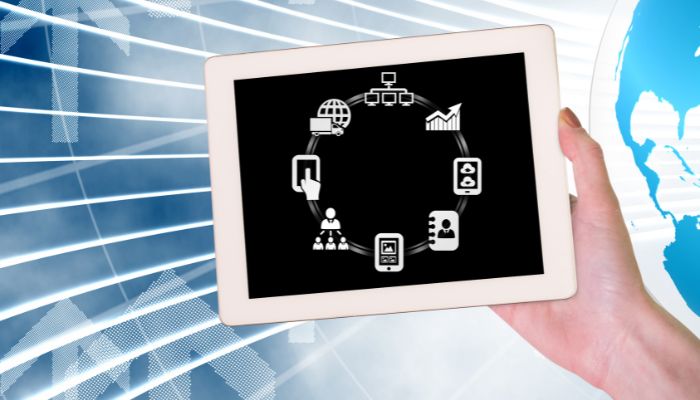An employee’s level of satisfaction and growth at work indicates how invested the company is in its workforce. Lately, people analytics has gained immense significance amongst corporates. HR leaders are analyzing people or talent data to improve business outcomes and working conditions. Employees are the crux of the organization, and improving culture and ethics will only lead to better productivity and success in the future. Hence, analyzing data with the right tools and outlook is imperative to achieve desired outcomes from the employees.
What are people analytics?
People analytics is collecting and analyzing talent data unceasingly to improve business outcomes and workforce conditions. “Are your employees happy at work” or “how great are the culture and working conditions at your workplace” may come across as the most uncomplicated and undemanding questions. However, your employee’s responses to these can say a lot about how well your business will perform in the coming future. This is why people analytics is gaining momentum, and HR leaders are investing more time exploring and analyzing these data and experiences to build a better workplace. It connects the people of your company directly to driving business values.
You might also be interested to read: Analytics Jobs In India Looks Better Than Just Bright
Here’s how people analytics can help build a better workplace for the employees:
- Analyzing the talent data can determine the culture, ethics, and workforce conditions in present times, which can eventually be fruitful for the HR leaders to change and implement new ways to improve business productivity.
- Talent data helps HR leaders hire employees that are the right fit for the roles, thus improving the business stance against organization challenges.
- Besides the annual survey for feedback and suggestions, systematic assessments as a part of the continuous performance review programs can help determine what needs attention and what could drive the company’s productivity levels.
- People analytics can also help HR leaders quantify stress and burnouts in the organization. With cases of deteriorating mental health resulting in high expenditure and loss of talents, people analytics can help HR leaders prevent these losses to a great extent. The talent data can help locate employees who are burned out and stressed, so HR executives can reach out and improve their working conditions.
- Besides HR, data analytics also helps senior leaders discover new talents, reduce biases, and improve productivity by redefining working patterns.
- It diversifies the recruiting process too. Talent data can help HR locate characteristics of successful hires to recruit people of the same caliber and traits, thus increasing diversity, equity, and inclusion in the organization.
- Since data analytics enhances the recruiting process, HR executives will find the ideal candidates for the key roles and decrease turnover rates.
Employees are, intuitively, the driving forces of the organization, and people analytics only helps HR augment their experiences to improve business outcomes and overall productivity. HR must keep improving these experiences to sustain the work ethics and culture. In a nutshell, data analytics will help HR keep the employees happy and improve the organization’s management, talent retention, and efficiency.
References:
- Advanced analytics for better talent and business decisions | McKinsey & Company
- What Is People Analytics? Definition, Process, Trends, and Tools | Toolbox | Prarthana Ghosh | March 11, 2021
- 4 Ways To Use People Analytics To Build A Great Place To Work | Vantage Circle | Felicity | October 1, 2021
You might also be interested to read:






